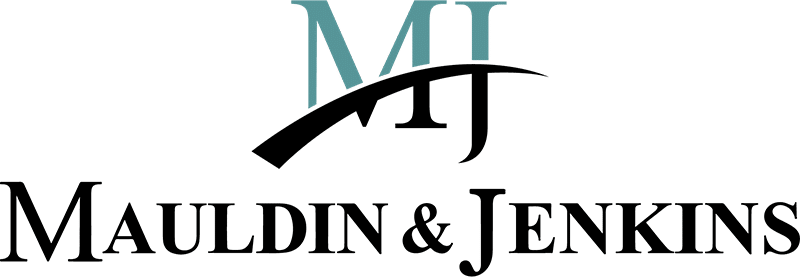Looking to the future when valuing a business
Historical financial results are only relevant in a valuation to the extent that the business expects to achieve similar results in the coming years. When projecting future economic benefits, it’s important to consider expected changes to a subject company’s internal and external conditions.
Challenging the status quo
The last three to five years of financial statements are usually on the list of documents experts use to value a business. With some companies, it’s possible to simply take historical financial statements and apply an assumed growth rate into perpetuity. But experienced valuation professionals know that future performance can’t always be expected to mirror the past. One key reason is capacity constraints.
To achieve an expected growth rate, a larger facility or additional equipment may be needed over the long run. Alternatively, if a decline is expected, a smaller facility, salary cuts and layoffs can help preserve cash flow over the long run.
Often, management creates budgets for internal planning purposes. These documents can provide insight into the company’s expected cash flow by highlighting emerging opportunities and threats, but they need to account for major changes in operations. If not, a valuation that’s based on the budget won’t be accurate.
What happens when major changes are expected to materialize, such as new government regulations, increasing direct costs, rising interest rates or the purchase of a major piece of automation equipment? For many businesses, these are more than just hypothetical scenarios. They’re real-world changes that are happening in today’s volatile, uncertain markets.
Factoring changes into the valuation equation
In every business valuation assignment, the expert considers internal and external factors that may impact value. Expert usually ask 1) how the expected changes will affect future earnings and rates of return, and 2) how management plans to minimize any adverse effects.
For example, the Federal Reserve increased the Fed Funds Rate to a range of 4.25% to 4.5% at the end of 2022, pushing borrowing costs to a new high since 2008. This increase could affect a subject company’s cost of capital going forward, as well as its capital structure (proportion of debt and equity financing).
In turn, it could become harder for the company to access debt financing in the future, which could curb growth plans and capital investment projects. Further, to the extent that the company has variable-rate loans, rising interest rates could increase interest expense, thereby lowering cash flow in future periods.
Adopting a holistic approach
Rising interest rates are just one example of how a company’s operating environment could change. Before valuing a business based on estimates of future cash flow, valuation professionals ask: “What changes are on the horizon?” The company’s expected performance may be affected by countless internal and external factors, such as the loss of a key person or customer, tax law changes, a major cyberbreach, the emergence of new technology, and rising labor and materials costs.
Experienced valuation professionals take no shortcuts when valuing a business. It’s a time-consuming process that requires research, finesse and expertise. Contact us to help get it right.
© 2023




